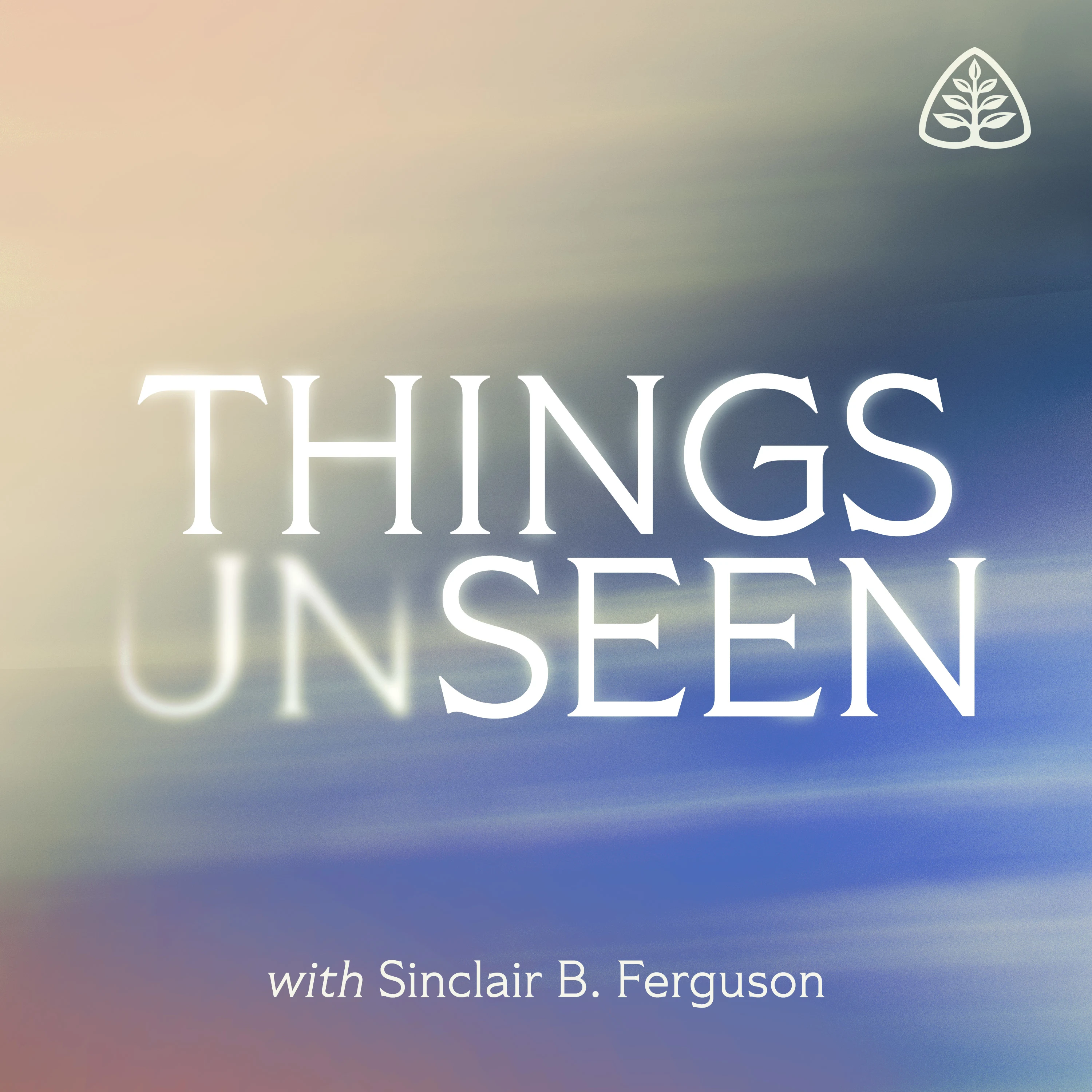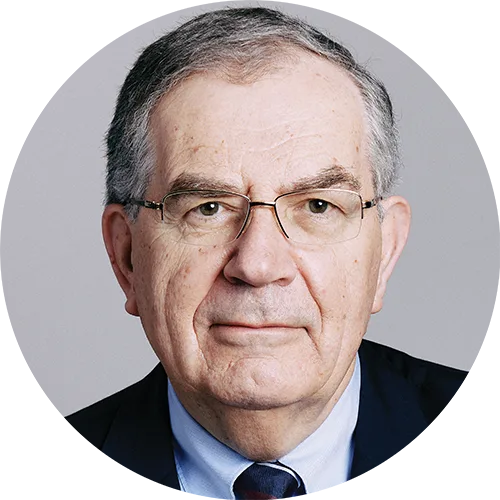Mary Knew Her Master’s Voice

It was not until she heard His voice that Mary Magdalene recognized the risen Lord. Today, Sinclair Ferguson contemplates the remarkable testimony of the first witness to the resurrection of Christ.
Welcome to another week of Things Unseen. Last week, in our minds, we were walking towards Calvary and watching some of the people that Jesus encountered on the road. This week, I thought it might be appropriate and helpful, I hope, to continue that walk and to think about some of the people who encountered Jesus after His resurrection.
If John wrote his gospel when he was an older man, he probably assumed most of his readers were familiar with at least one of the other gospels. But many of his earliest readers would not have been born at the time of the crucifixion. They belonged to the second generation of Christians. Perhaps not many of those who had personally met the risen Christ were still alive, and he wants them to feel the wonder of what happened. And so, he lingers on some parts of the Easter story in particular.
His account has all the marks of authenticity, doesn’t it? Think of the way he describes Mary Magdalene coming back to the garden tomb. In the darkness, she sees the stone that covered the entrance has been moved. She rushes to Peter and to John to tell them the body of the Lord has been taken away. Did they believe her? They ran to the tomb. John got there first, looked in, and saw the grave clothes lying there. Peter soon arrived, but he didn’t merely look in; he ran straight past John and went in. He apparently saw something more. And then John went in and believed. And the truth was beginning to dawn. But by the time Mary Magdalene had come back to the garden, the two disciples had gone home. And you know the rest of the story.
Here is Mary Magdalene. She’s the first person, actually, to meet the risen Christ, the very first witness to the resurrection. But from a human point of view, she’s got several strikes against her. For one thing, she’s a woman and would have no standing in a Jewish law court if it came to that. And for another, she was on her own, and she was obviously in a state of great distress. Who would believe her? And yet John makes a point of saying that she was the first witness to the resurrection.
A number of false deductions have been drawn from this, including the remarkable argument that this is the foundation for the preaching of women in the church—which, if it were true, is certainly a point the entire New Testament never seemed to grasp. No, the important and impressive point to grasp is this: in John’s time and culture, nobody who seriously wanted people to come to faith in the risen Christ would make this up. You wouldn’t record this as the great witness to the resurrection—a woman with no position in a state of shock. You wouldn’t record that unless it were the unvarnished truth. So, we should trust what John says and trust that Mary’s testimony is reliable for that very simple reason.
John describes events in a way that makes us, his readers, reflect and meditate on what Jesus did or said. And I think that’s true here. Maybe since she just met these amazing, apparently supernatural creatures and talked with them, these angels, it’s not so surprising that she didn’t at first recognize Jesus when He asked her what she was looking for. She mistook Him for the gardener. And perhaps that’s significant too. But when He said, “Mary,” she recognized His voice immediately and responded, “Rabboni, my master.”
If we were in one of the early churches where John’s gospel was being read out to the congregation, probably from the beginning, I’m fairly sure we would immediately remember some words we’d heard an hour or so beforehand in what we call John’s gospel, chapter 10. You remember the words:
He who enters by the door is the shepherd of the sheep . . . The sheep hear his voice, and he calls his own sheep by name and leads them out . . . I am the good shepherd. The good shepherd lays down his life for the sheep . . . I know my own and my own know me . . . and I lay down my life for the sheep . . . I lay down my life that I may take it up again. No one takes it from me, but I lay it down of my own accord. I have authority to lay it down, and I have authority to take it up again. (John 10:2–3, 11, 14–15, 17–18)
That’s exactly what was happening to Mary. We still hear that voice today. When the Word of God is preached in the power of the Spirit, the human accent in which we hear it begins to fade into the background. We begin to hear the voice of our Lord Jesus Christ, the Good Shepherd, speaking to us. I wonder if that is your experience. I wonder if you’ve recognized Him speaking to you and calling you by name, and I wonder how you’re responding. I wonder if you too have called Jesus “Master.”
Recent Episodes
Remember Jesus Christ
December 25, 2025|Spiritual Disciplines
Looking Back on the Year
December 24, 2025|Thankfulness
Making Christmas Last
December 23, 2025|The Person of Christ
Coming Face-to-Face with Christ
December 22, 2025|The Person of Christ
Should We Celebrate Christmas?
December 19, 2025|Life Issues
The Savior’s Lowly Birth
December 18, 2025|The Person of Christ
